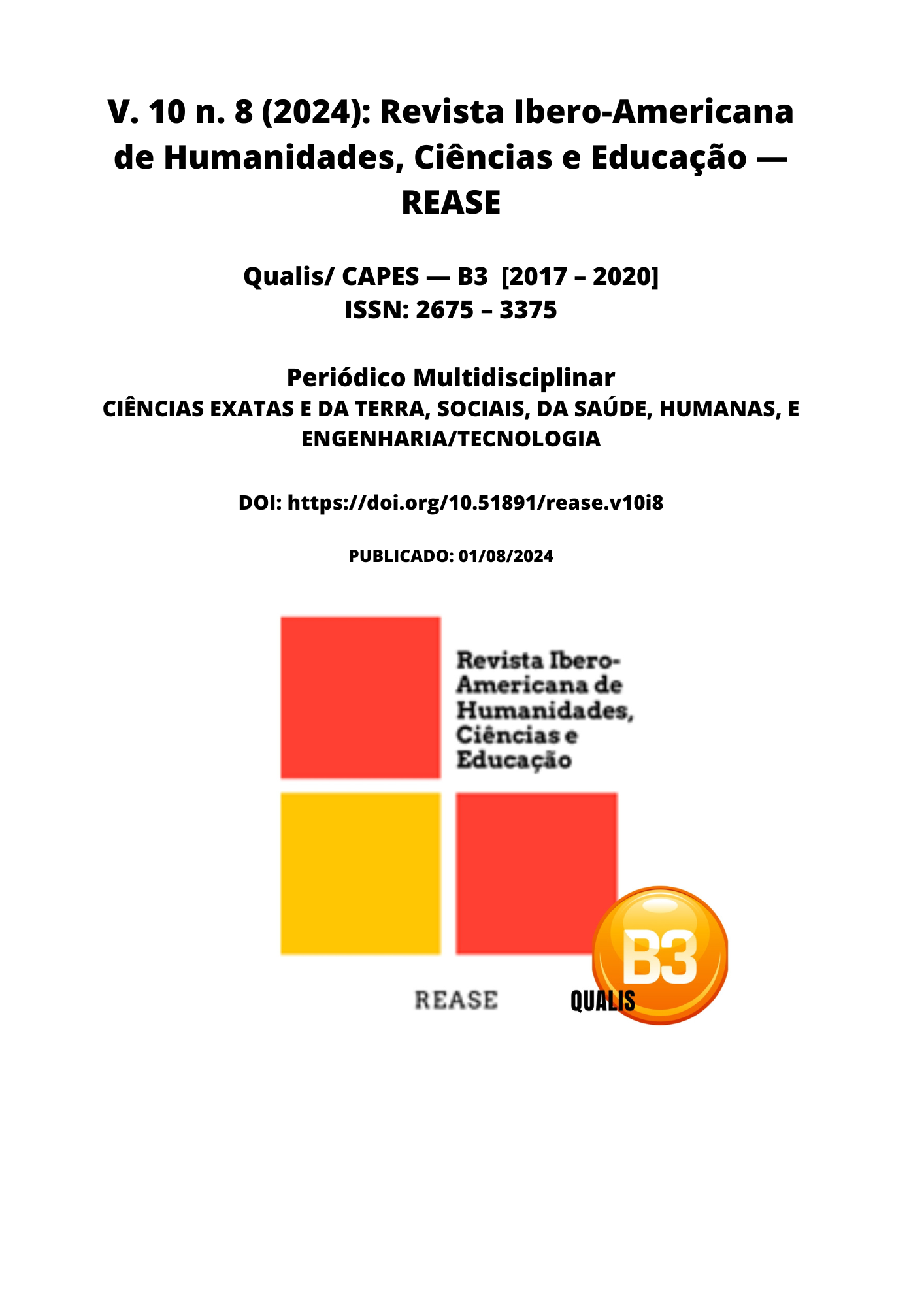NEUROSCIENCE AND TECHNOLOGY IN THE EDUCATIONAL ENVIRONMENT: APPROACHES AND CHALLENGES FOR MODERN TEACHING
DOI:
https://doi.org/10.51891/rease.v10i8.15064Keywords:
Technological integration. Educational neuroscience. Pedagogical practices. Adaptive learning.Abstract
This study explored the integration of educational technologies within the context of neuroscience to enhance pedagogical practices and facilitate learning. The main objective was to investigate how the use of innovative technologies, supported by advancements in neuroscience, can enrich the educational experience and make it more adaptive and inclusive. The methodology adopted involved a literature review, following the parameters established by Cervo and Bervian (2002), focusing on the analysis of scientific literature discussing the convergence of technology, education, and neuroscience. Key authors such as Vygotsky (1989), Vandervert (2017), and Vasconcellos (2021) provided insights into the importance of social mediation in learning and the contributions of neuroscience in understanding brain functionality within educational contexts. The study highlighted that the deliberate incorporation of technological resources, aligned with neuroscientific understanding, facilitates educational practices that better meet students' needs. The analysis revealed that such practices not only increase student engagement and participation but also promote deeper and more meaningful learning. In conclusion, the article emphasizes the need for an educational approach that synergistically integrates technology and neuroscience, suggesting that such integration is crucial for developing a more effective and inclusive educational environment.
Downloads
Downloads
Published
How to Cite
Issue
Section
Categories
License
Atribuição CC BY

